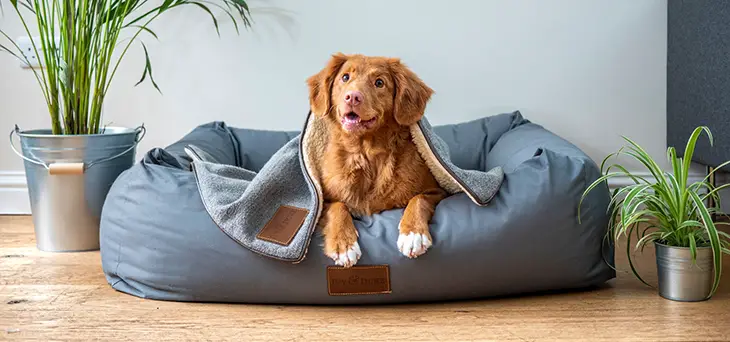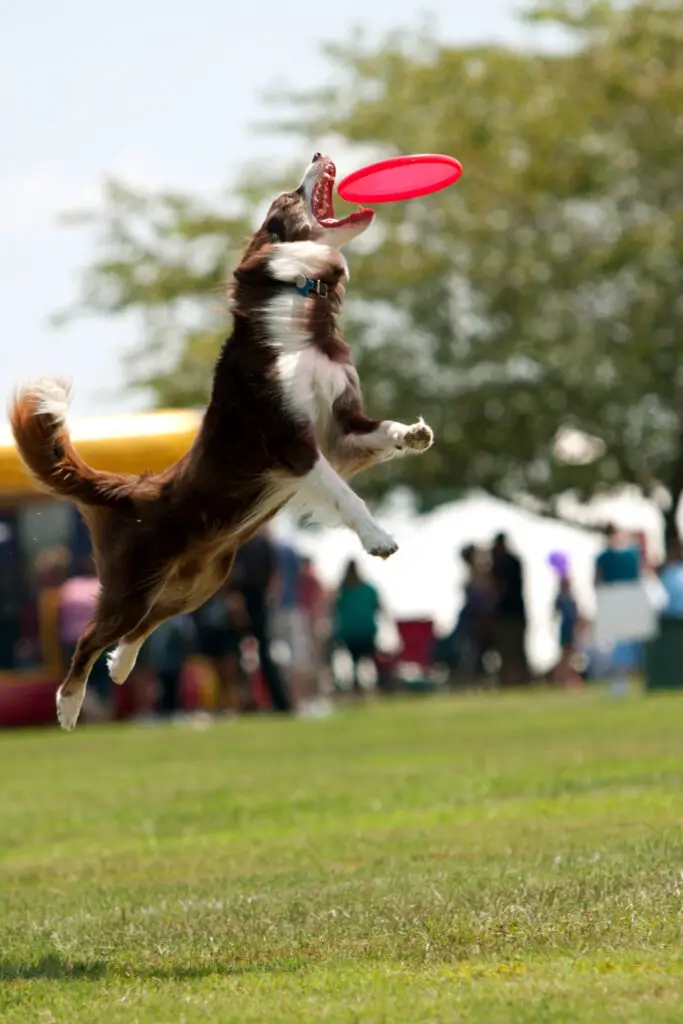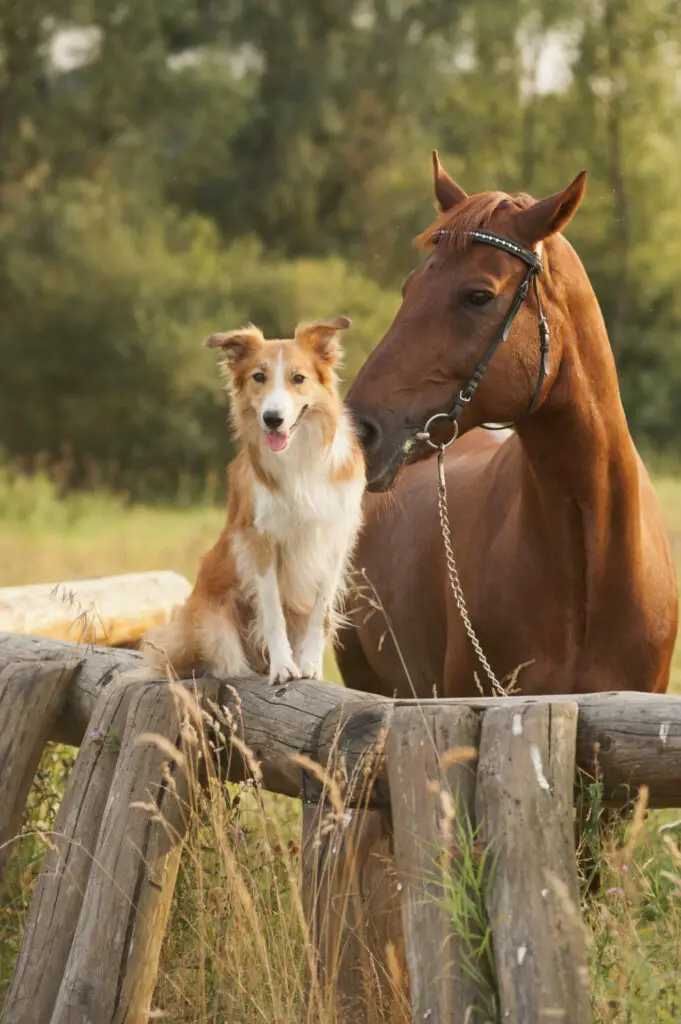A Guide On How To Transition From Crate To Dog Bed
A dog’s crate is a very helpful tool in potty training and curbing the separation anxiety of your pet. Still, the time has to come that you need to transition from crate to dog bed.

In this post, I will share my methods in transitioning a dog from its crate to a new bed. This worked well on my Golden Retriever Sherlock and can also help with your pet.

Why do you need to transition your dog to a bed?
While the crate offers a sense of security, it’s still important to get your dog used to sleeping on its own bed. This will give your dog added freedom to roam around.

Dogs should never be stuck in a crate for the rest of its life. It’s important to let it roam around to get desensitized to various stimuli and as part of its ongoing socialization.
Overall, once your dog reached a certain age and has been properly potty trained, you need to transition it to a bed. This will also be convenient for you as you no longer have to get your dog in and out of the crate on a schedule.
Take note the transition should be done as carefully as crate training itself. This way, you’ll prevent problems like your dog not leaving the crate.
When to transition your dog from crate to bed
The right timing is crucial when transitioning your dog out of the crate. In general, it’s recommended that you use the crate until your dog reaches one year old.

However, you also have to ensure that your dog is fully housebroken. If your dog is yet to master potty training, you have to keep using the crate.
Aside from that, your dog’s behavior should be stable and it should have been subjected to basic command training. If your dog is chewing things and having accidents around when you’re away, it’s not yet ready to leave the crate.
In the case of my dog Sherlock, we were able to transition him out of the crate into a bed a month before he turned one year old. Being a Golden Retriever, training has been fairly easy for him.
Take note that transitioning your dog from the crate to the bed includes changes in your household. You need to dog-proof your home and you have to ensure that your own routines won’t mess up your dog’s habits.
Most importantly, you have to establish the rules before you transition your dog.
How to transition your dog from its crate to a bed
If you think that your dog is ready to be transitioned to a dog bed, here are the steps you can take:

Step 1. Dog-proof your home
The first step you need to take is to dog-proof your home. Like having a toddler, you need to remove anything that a curious dog may topple chew, swallow, and destroy.
You should keep cables out of your pet’s reach, together with medications, cleaners, and food items that are poisonous to dogs.
For starters, it’s best to limit your dog’s access around your house. It helped us a lot when we install baby gates to block Sherlock’s entry to the kitchen and our bedroom.
Aside from that, you should cover your garbage bins as dogs are excellent dumpster divers. You should also start spraying bitter apple on the legs of your furniture to deter chewing.
Step 2. Choose the right dog bed
Once your home is ready for a free-roaming canine, you should now look for a suitable bed. It should be large enough for your dog to lie down with its entire body on top of the bed.
You should also consider orthopedic dog beds, especially if you have a large breed pet. Also, you should get a dog bed that can fit your dog’s adult size since large breeds grow fast
There are also a variety of dog bed types to suit your pet’s preference. As for our dog Sherlock, the bolstered-type sealed the deal.
Step 3. Let your dog sleep on the bed in the daytime
Next, you should place the bed on the spot where your dog likes staying during the day. Let the pooch sniff it, so it will become familiar with the new item.
To encourage your dog to sleep on the bed for daytime naps, you can place its favorite toy on top of it. You can also lure your pet by feeding it with treats while on the bed.
Overall, you should let your dog use the bed to its own liking. Forcing the canine to go to the bed will just create a negative experience, which will defeat your efforts.
Step 4. Place the bed on the crate’s spot
Once your dog is using the dog bed during the day, you should place it on the crate’s spot at night. This way, you can encourage your dog to sleep on it during bedtime.
While you will place the bed on the spot of the crate, it will still help to leave the crate accessible. Most of the time, your dog will prefer the crate on the first night.
In this case, you can place the bed inside the crate as long as the design and size permit. This is to associate bedtime with your dog’s new bed.
Again, you can try luring your dog to the bed with treats and toys. Also, you should keep the environment calm and quiet to avoid scaring your pet.
Step 5. Address problems that may arise
You should expect potential problems to arise while trying to transition your dog from the crate to its bed.
For example, your dog may try to jump to your bed. You should never tolerate it because this will defeat your efforts above.
When your dog does this, lure it with a treat toward its own bed. When your dog lies down, say a cue word like ‘settle’ or ‘sleep’.
It’s important to use the same cue word each time. This will help your dog learn the command and associate it with a reward.
How come my dog doesn’t want to leave its crate?
If your dog is refusing to leave the crate, it could be due to fear, anxiety, or sudden changes in your household. Remember that dogs are sensitive to environmental stimuli, which could lead to unusual behavior, like licking a crate.
The only way to solve this problem is to identify what’s causing it in the first place. You can also consult the veterinarian to rule out the possibility of health problems.
Should you put a dog bed inside the crate?
You can put a bed inside the crate, though not all designs will fit. Pillow beds are the most commonly used on dog crates since it comes in various sizes and has no protruding parts.
Placing a bed inside the crate will help keep your dog comfy. It will also discourage the canine from having accidents inside the crate.
If your dog’s bed doesn’t fit inside the crate, you should at least place a mat or folded blanket inside. This way, your pooch won’t be sleeping on the hard and cold floor.
Can I crate my dog during the day but not at night?
It’s common practice to crate dogs for half of the day. Just remember that canines need to be let out every 6 hours for potty trips and feeding.
Nevertheless, once your dog is fully trained, you can start transitioning it out of the crate. If you’re working long hours and can’t go home in time, you should ask someone to free your dog.
Overall, crating your dog during the day isn’t cruel if done right. In some cases, daytime crating actually helps curb separation anxiety and destructive behavior.
Conclusion
We hope that this guide on how to transition from crate to dog bed helps you train your pet. Just remember that each dog responds to training differently and may take longer than others.
All you have to do is stay patient and consistent. You can also consult a dog trainer if all your efforts aren’t showing any results.
